Interventional Oncology
Safety of Selective Y-90 Radioembolization for Treatment of Liver Cancers in Patients with Hyperbilirubinemia
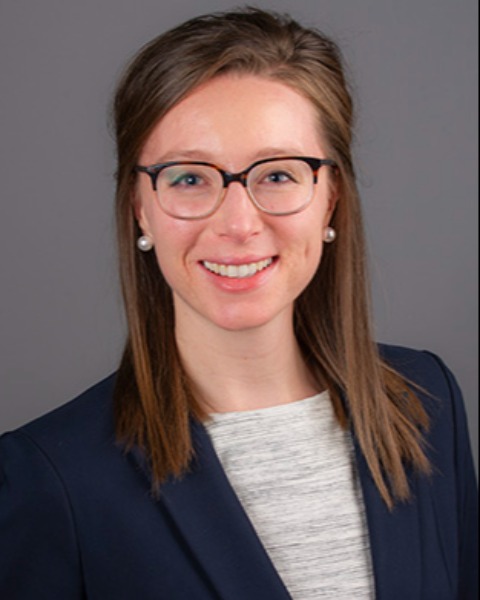
Sabina Cashin, MD
Resident Physician
Rush University Medical CenterDisclosure(s): No financial relationships to disclose
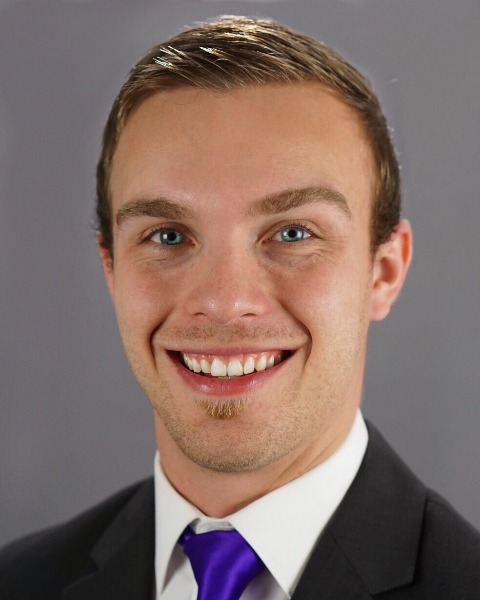
Dustin J. Gulizia, MD (he/him/his)
VIR Fellow
Rush University Medical Center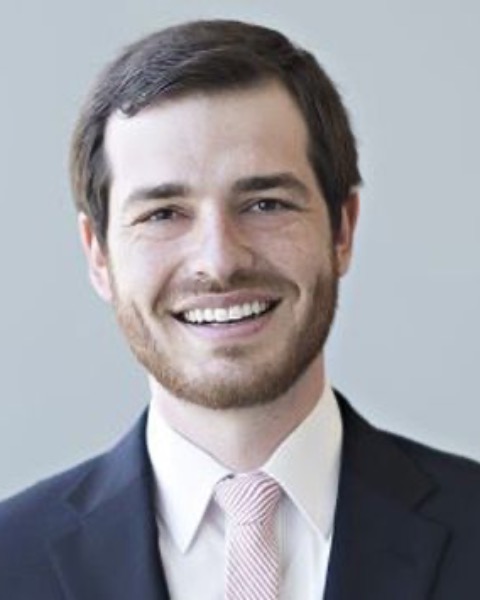
Alexander Podlaski, M.D.
Fellow Physician
Rush University Medical Center- BK
Bobak Khalili, B.S.
Medical Student
Rush University Medical Center - SR
Sahitya Raja, MMSc
Medical Student
Rush University 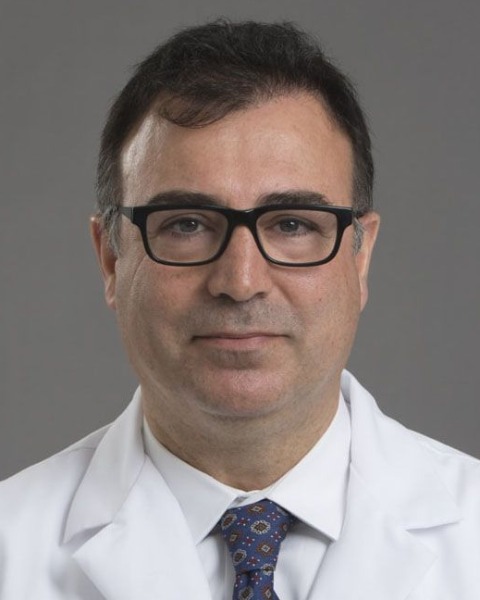
Bulent Arslan, MD, FSIR
Professor and Interim Chair
Rush University Medical Center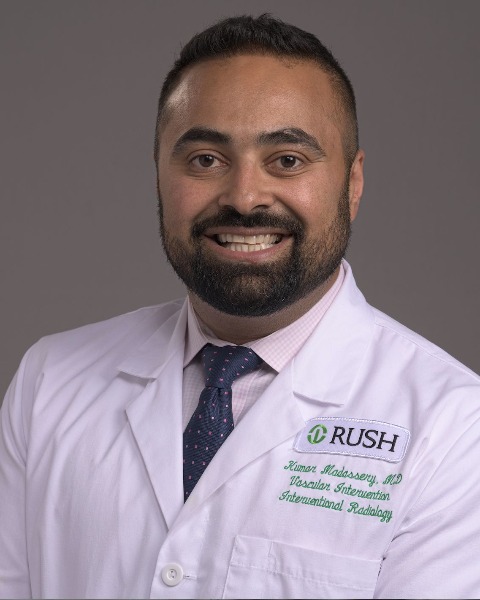
Kumar Madassery, MD
Associate Professor, Vascular and Interventional Radiology
Rush University Medical Center, Rush Oak Park- RR
Rehan Riaz, MD
Assistant Professor of Radiology
Rush University Medical Center 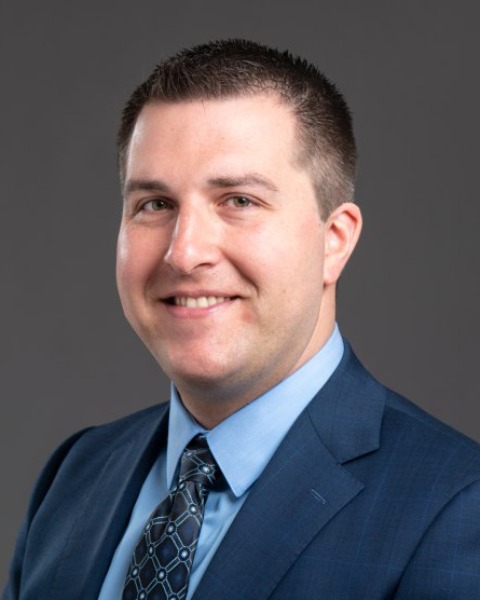
David Tabriz, MD, MBA
Assistant Professor of Radiology
Cleveland Clinic Florida- UT
Ulku Turba, MD, FSIR
Professor
Rush University Medical Center 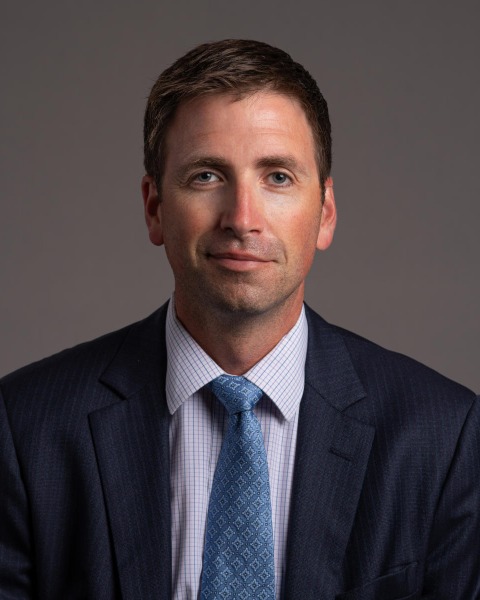
Jordan Tasse, MD
Physician
Rush University Medical Center
Poster Presenter(s)
Author/Co-author(s)
Materials and Methods: All patients who underwent segmental or subsegmental Y-90 radioembolization using glass microspheres at our institution were reviewed. Patients with serum BR >/= 2.0 mg/dL on the day of treatment were selected. Patients with hyperbilirubinemia at prior Y-90 procedures, patients who underwent subsequent Y-90 procedures within the follow up period, and lab values following any liver transplantation were excluded. Measured outcomes included hepatic function labs (BR, AST, ALT, and ALP) documented at day of treatment and approximately 1, 3, and 6 months. Hepatobiliary toxicities were classified according to Common Terminology Criteria for Adverse Events, version 5 (CTCAE v.5).
Results:
16 patients between 2013-2022 had BR >/= 2.0 mg/dL on the date of Y-90 treatment (mean 3.0 mg/dL, range 2.2-4.4 mg/dL). Specifically, 4 patients had BR 2.0-2.4 mg/dL, 5 patients had BR 2.5-2.9 mg/dL, and 7 patients had BR >/= 3.0 mg/dL. 15/16 (94%) patients had HCC and 1/16 (6%) patients had cholangiocarcinoma. Mean tumor size in maximum dimension was 3.8 cm (range 0.9-10.0 cm).
12/17 (70.6%) patients had no clinically significant BR toxicity. 5 total patients developed grade 2 BR toxicity (2 patients in the 2.0-2.4 mg/dL group, 1 patient in the 2.5-2.9 mg/dL group, and 2 patients in the >/= 3.0 mg/dL group). 2/5 (40%) patients developed grade 2 BR toxicity at 1 month and 3/5 (60%) patients developed grade 2 BR toxicity at 3 months. 2 patients toxicity persisted at follow up, however there was no additional new BR toxicity at 6 months. No patients developed grade 3 or higher BR toxicity 2 patients developed grade 2 transaminase (AST +/- ALT) toxicity (1 patient in the 2.5-2.9 mg/dL group and 1 patient in the >/= 3.0 mg/dL group). 4/16 (25%) patients underwent subsequent liver transplantation. No patients developed clinical deterioration or radiation-induced liver failure related to Y-90 treatment.
Conclusion: Selective Y-90 treatment of liver tumors appears safe in select patients with concomitant hyperbilirubinemia and patients may become candidates for subsequent liver transplantation. Additional studies with increased sample sizes are needed for further evaluation.

.jpg)
.png)
.png)
.jpg)
.png)
.jpg)
.png)
.png)
.png)